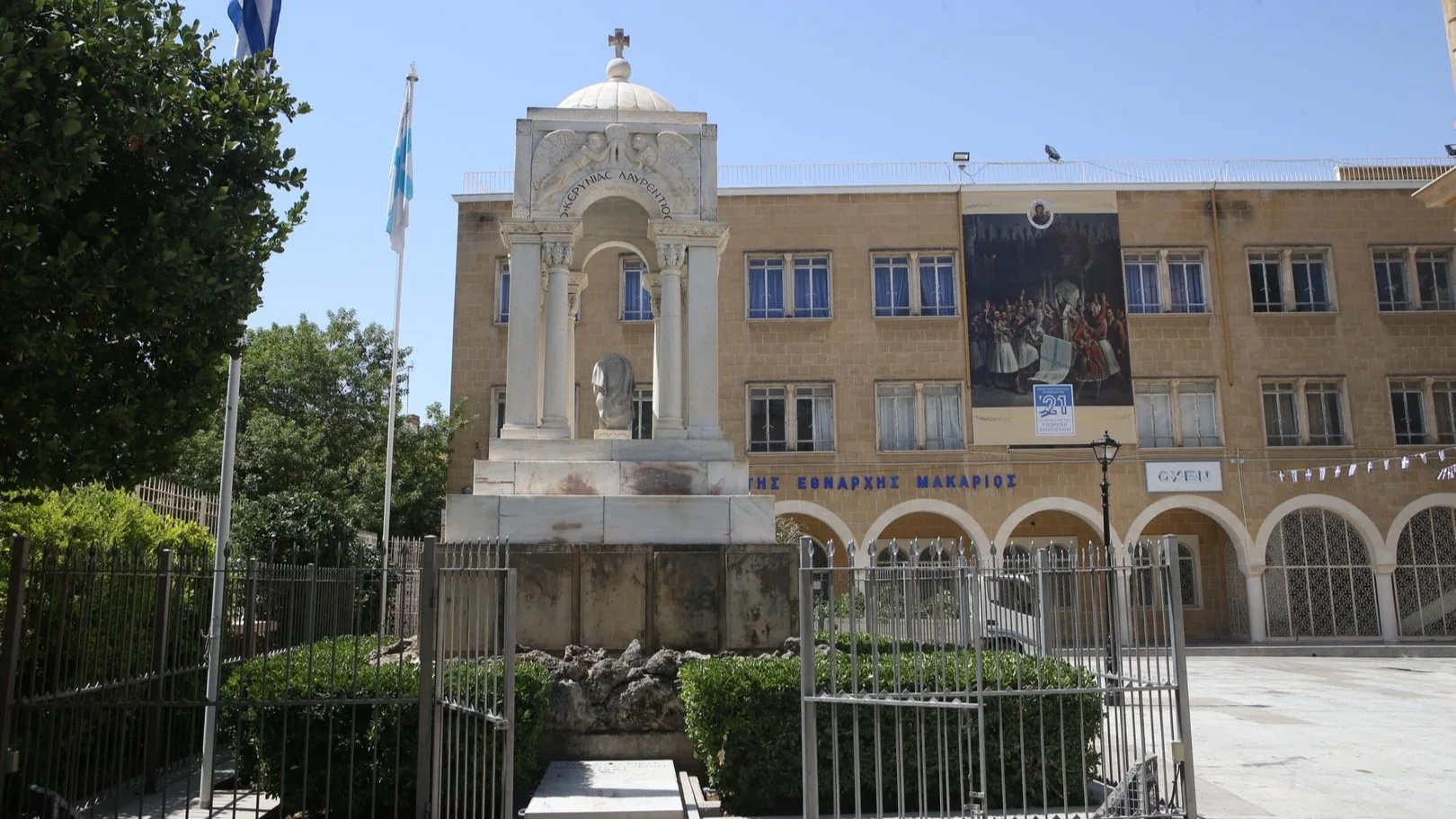A major archaeological discovery near Alexandria, Egypt, is reshaping historians’ understanding of the ancient civilization’s northern frontier, specifically during the New Kingdom period. While performing excavations at the site of a well-known ancient Greek settlement from Ptolemaic Egypt, French archaeologists were stunned and delighted when they unearthed the remains of a significant settlement believed to have been founded during Egypt’s 18th Dynasty, a period associated with the controversial pharaoh Akhenaten and his son, history’s most famous boy-king Tutankhamun.
This ancient Egyptian town was found at a site known as Kom el-Nugus, which is located roughly 27 miles (43 kilometers) west of Alexandria, nestled between the Mediterranean Sea and Lake Mariout. Until recently, the area was thought to have been settled only during the Hellenistic period, but the newly recovered evidence (introduced in an article published in Antiquity) reveals that its roots reach much deeper into Egypt’s storied past.
An Active and Thriving New Kingdom Settlement
Excavations led by Sylvain Dhennin and her team from the French National Centre for Scientific Research (CNRS) unearthed remnants of the previously unknown New Kingdom settlement, which no one had a clue existed before this archaeological work. The settlement comes from what is considered to be an Egyptian golden age, covering the years from 1500 to 1069 BC.

Retaining wall and plunder trenches found during excavations of a structure at the New Kingdom site, viewed from the north-east. (Sylvain Dhennin/Antiquity Publications Ltd.).
The site features a range of ancient artifacts and notable architecture. Some of the most revealing finds include several ceramic jugs and bowls, a calcarenite building likely to have been a temple, and stone fragments from chapels and monuments.
One of the most intriguing and revealing finds at Kom el-Nugus is an amphora stamp bearing the name Meritaten, who was the eldest daughter of Akhenaten and Queen Nefertiti and the half-sister of Tutankhamun. Scholars speculate that this discovery suggests that there was a wine production facility at the site, potentially branding its goods with the princess’s name. Given that Meritaten’s name means “she who is beloved of Aten,” this would be in line with Akhenaten’s devotion to Aten, the sun deity he elevated above Egypt’s traditional gods.
This connection to Akhenaten’s family deepens the site’s historical significance. After Akhenaten’s religious revolution, his son Tutankhamun famously restored Egypt’s polytheistic traditions, distancing himself from his father’s monotheistic experiment. The potential role of his sister in wine production adds a new dimension to how royal figures influenced commerce and regional identity during the New Kingdom era.
One of the most impressive and surprising aspects of this discovery is the sheer size and structured layout of the town, which featured organized streets and complex drainage systems, suggesting a significant and perhaps seasonal population. Some scholars propose the site may have served a military function, which is suggested by the presence of inscriptions from private funerary chapels referencing soldiers and military activity.
Adding to this theory is the discovery of architectural elements from a temple commissioned by Ramesses II, one of Egypt’s most prolific builders and rulers of the 19th Dynasty. Although most of the temple was dismantled over time—likely during the Roman Imperial period—archaeologists have found its bedrock footprint, foundation blocks, and part of the entrance passage, or dromos. These features reinforce the theory that the settlement had a religious and possibly strategic role along Egypt’s northern coast.

Block depicting Ra-Horakhty from the temple of Ramses II (G. Pollin/Institut Français d’Archéologie Orientale/Antiquity Publications Ltd).
Despite the extensive excavation efforts, the ancient town’s name remains a mystery. More digging and analysis are needed to piece together its full identity and purpose. However, its location—between a Hellenistic necropolis to the west and a horseshoe-shaped mound to the east—offers tantalizing clues about how the area evolved over centuries.
Rethinking Northern Egypt’s Ancient Past
Until the recent discoveries at Kom el-Nugus, scholars believed that Egypt’s Mediterranean coastline was only populated from the Hellenistic period onward. The revelation of a well-preserved New Kingdom town challenges this notion, opening the door to a broader reevaluation of northern Egypt’s history.
According to Dhennin, the architecture and material remains suggest that this was no temporary encampment. The presence of a street lined with buildings, along with other advanced infrastructure, points to deliberate urban planning and long-term occupation.

The temple area, viewed from the south-east. (G. Pollin/Institut Français d’Archéologie Orientale/Antiquity Publications Ltd).
The archaeological team emphasizes that much more work remains. As Dhennin notes, the current findings “do not allow us to give an adequate characterization of the occupation.” Nevertheless, the artifacts and structures already uncovered are shedding new light on Egypt’s interactions with the Mediterranean coast during one of its most influential dynastic periods.
Kom el-Nugus, once thought to be a quiet rural expanse, now emerges as a vibrant hub potentially tied to Egypt’s ruling elite, religious practices, and economic ventures like wine production. The work being carried out at the site may ultimately transform how we view Egypt’s reach, ambition, and diversity during the New Kingdom era.
Top image: The newly excavated New Kingdom village found at Kom el-Nugus archaeological site, Egypt.
Source: Sylvain Dhennin/Antiquity Publications Ltd.
By Nathan Falde







